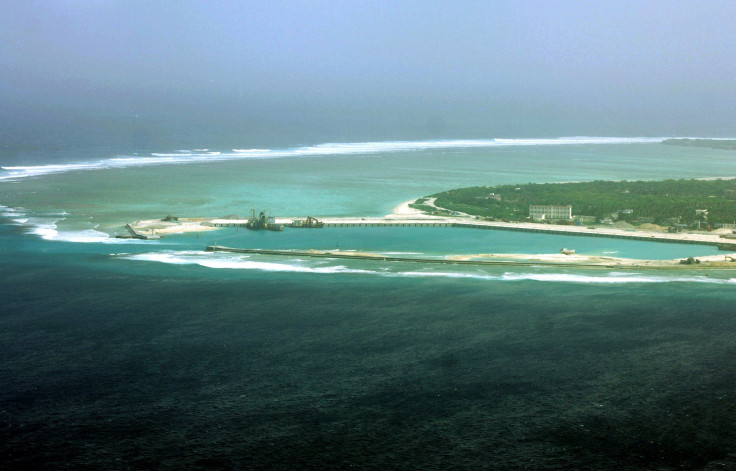South China Sea Conflict: Chinese Authorities Plan New Cruise Ship To Disputed Paracel Islands

China is planning to begin a second cruise ship service to the disputed Paracel Islands in the South China Sea by year-end, state media reported Monday. The latest move, which is said to be part of China’s plans to boost its tourism industry, could further irk Vietnam, which claims the islands as its own.
China began operating cruises to the Paracel Islands from the southern island province of Hainan in 2013. Authorities now expect that more islands in the region, including Woody Island from where the Chinese government administers the Paracels, could be opened for tourist visits in the future, state-owned China Daily reported.
“We need to take into account the capacity of the islets to handle tourists,” Xie Zanliang, head of a government tourism company promoting trips to the Paracels, told China Daily, adding that difficult weather conditions in the region could be a major hurdle to efforts taken by the country’s tourism department.
Monday’s report followed Vietnam’s recent announcement that it would offer civilian cruises for citizens keen on visiting some of the most disputed areas of the South China Sea. According to a post on the Ho Chi Minh City government website, the initiative would allow 180 Vietnamese nationals a year to take a six-day tour of two reefs in the disputed Spratly Islands, south of the Paracels.
Last year, increasing territorial spats triggered anti-China protests in various parts of Vietnam after disagreements between Chinese expats living in Vietnam and locals turned violent. The disputes were centered around Beijing’s decision to build an oil rig within Vietnam’s exclusive economic zone near the Paracels.
While China claims 90 percent of the South China Sea, Brunei, Malaysia, the Philippines, Vietnam and Taiwan also claim parts of the region, through which $5 trillion of trade passes every year. According to the New York-based Council on Foreign Relations (CFR), 50 percent of global oil-tanker shipments pass through the South China Sea, making the waters home to some of the world’s busiest shipping lanes.
© Copyright IBTimes 2024. All rights reserved.






















